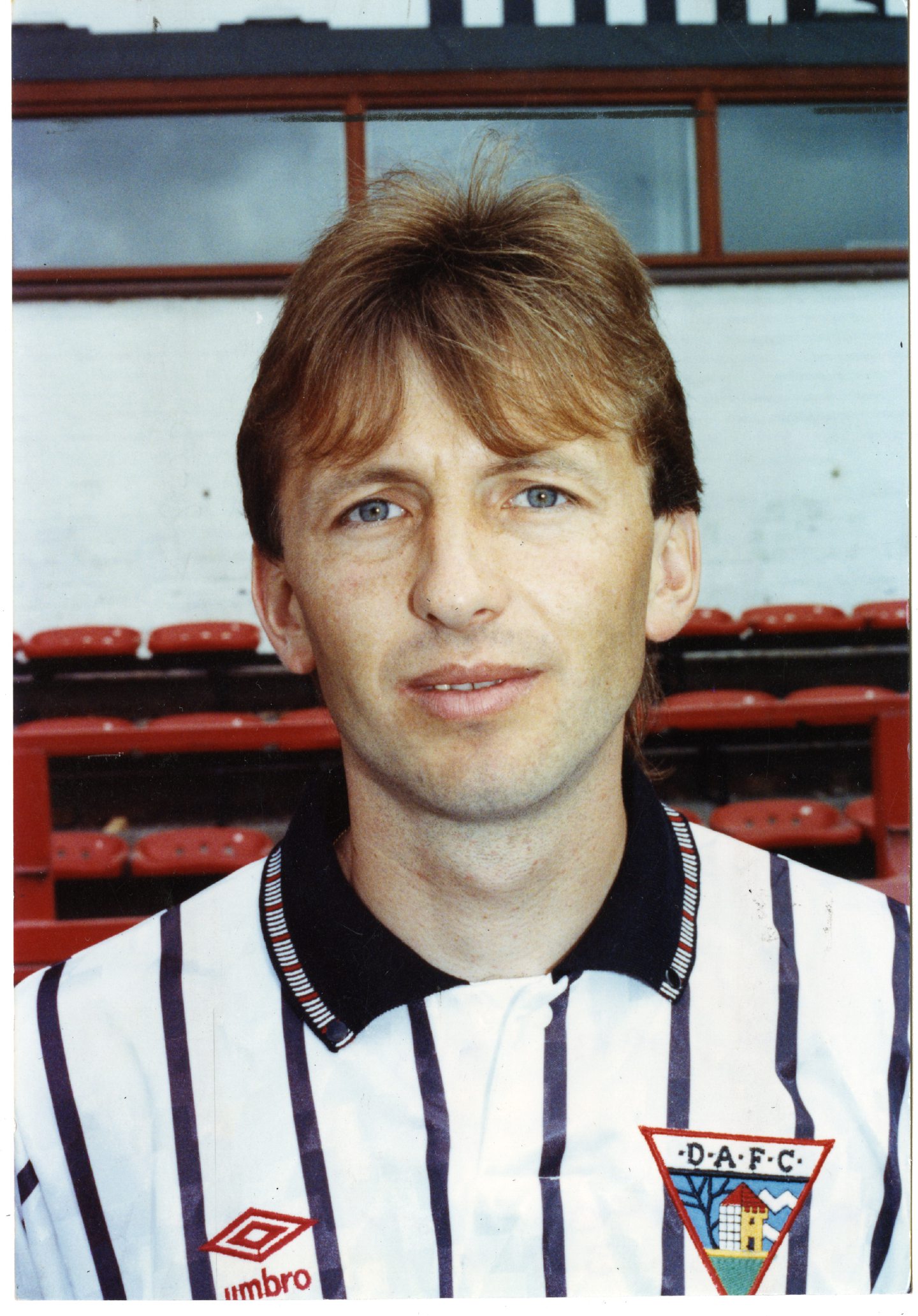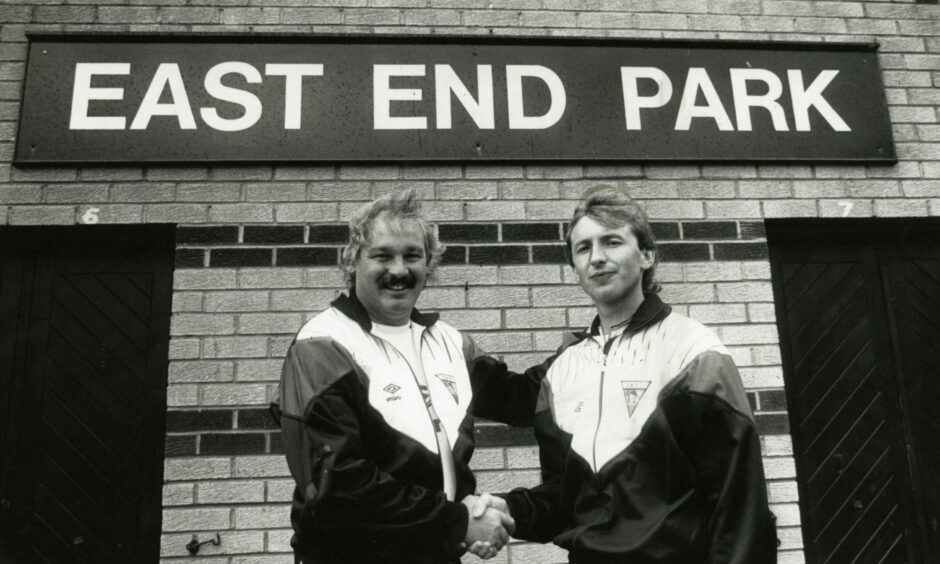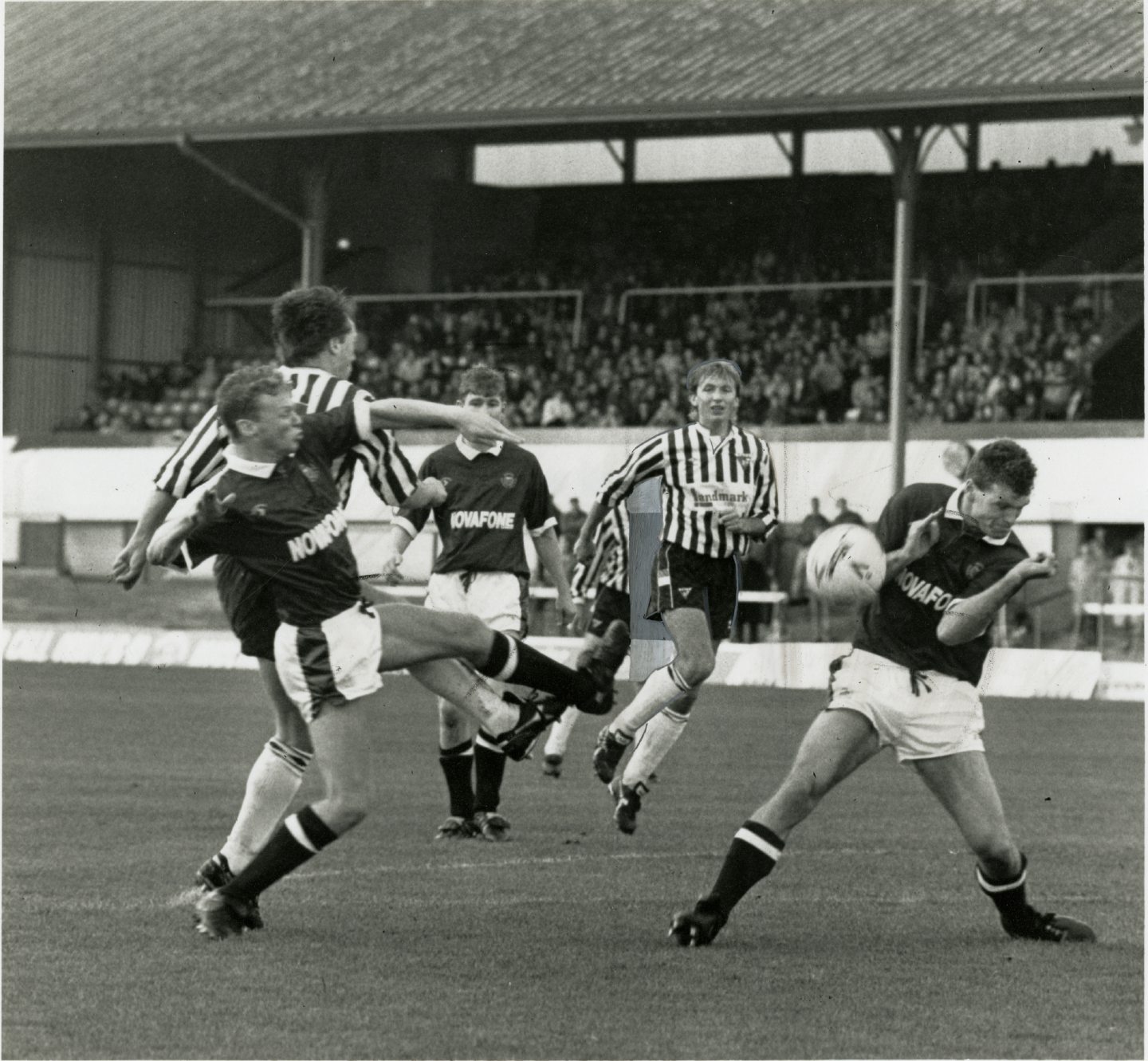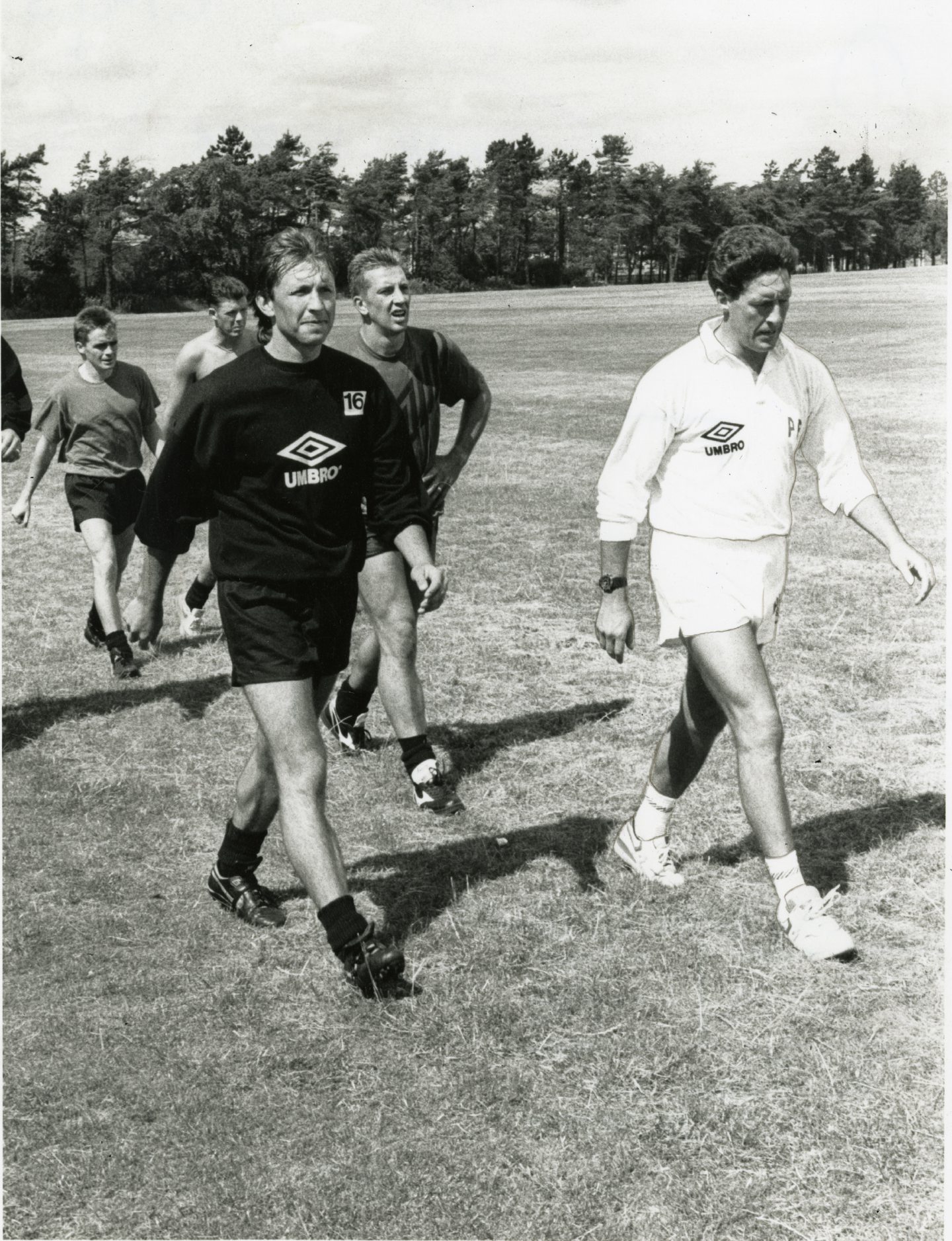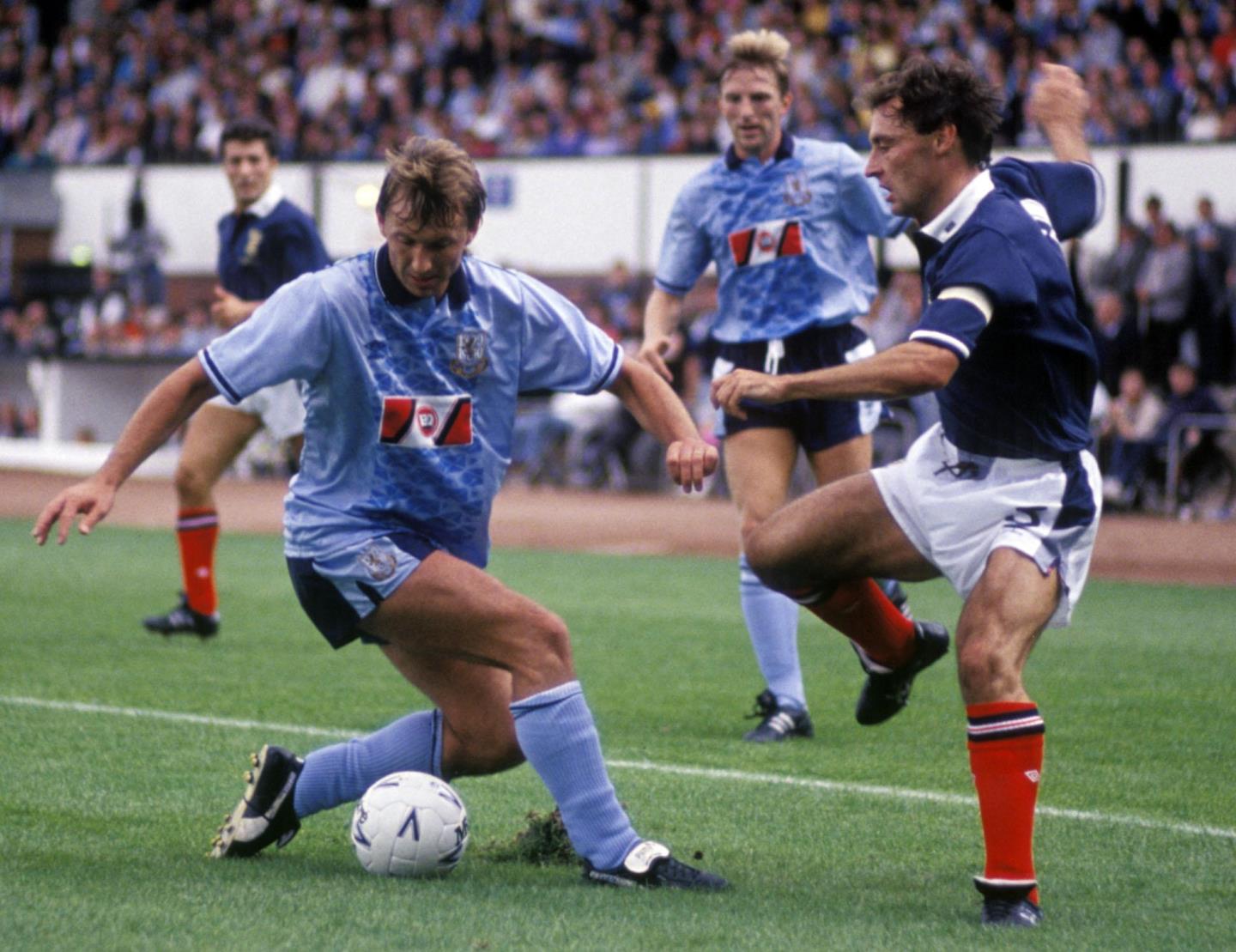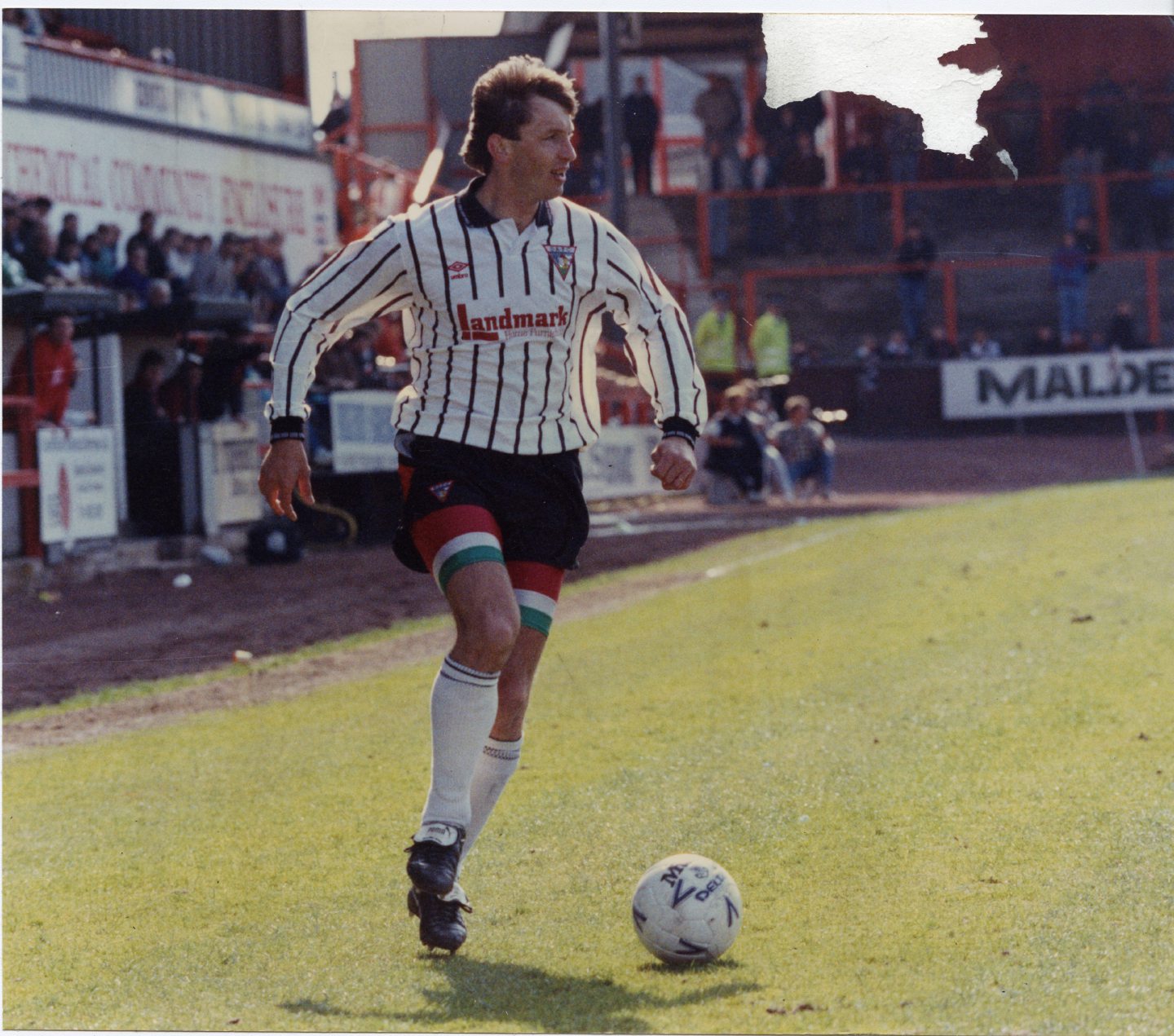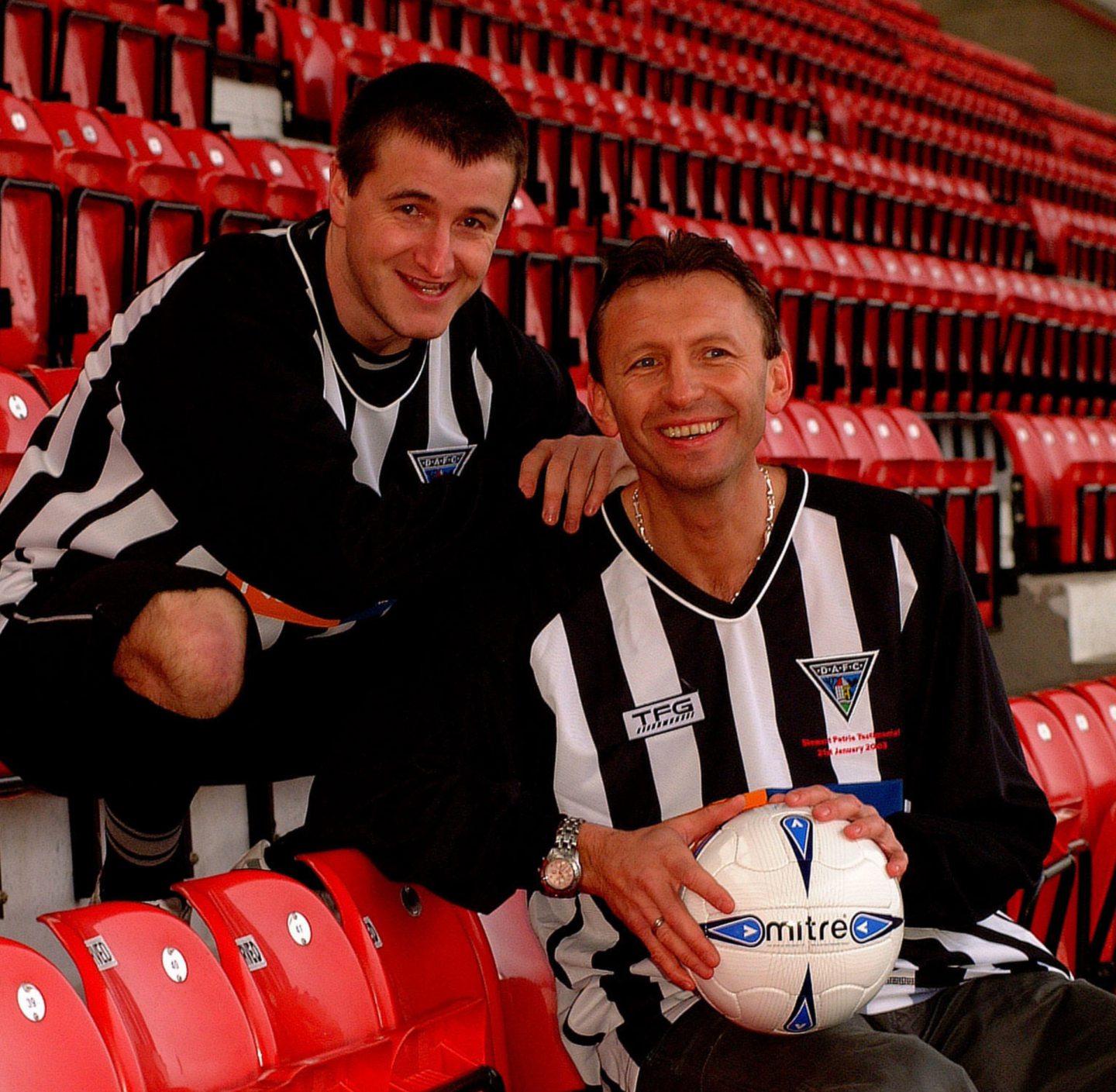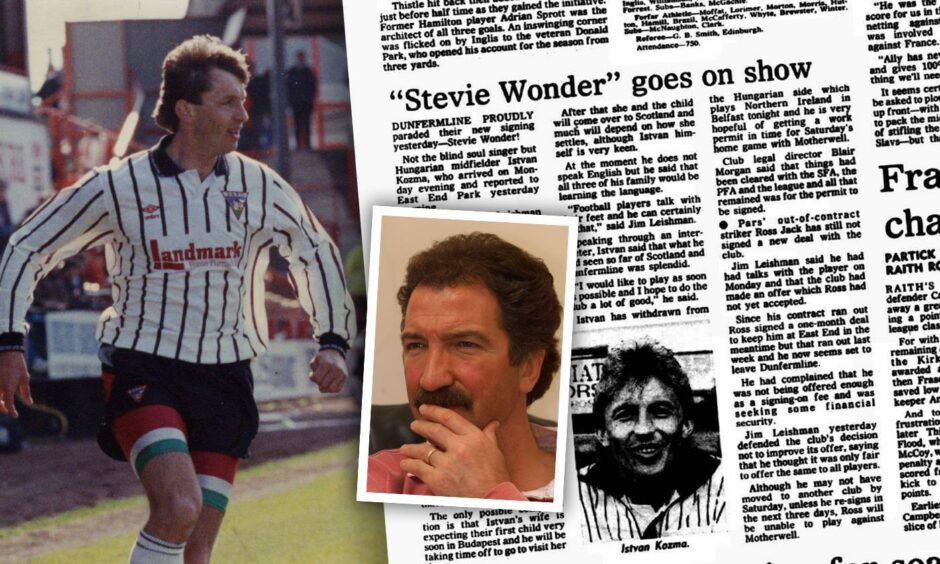
Dunfermline midfielder István Kozma was the man Graeme Souness turned to after rejecting the chance to sign Eric Cantona.
Kozma joined the Jim Leishman-era Pars in September 1989 for a club record fee of £540,000 before being sold to Liverpool 30 years ago, in February 1992.
The £300,000 move to Anfield brought the curtain down on an unforgettable spell at East End Park that saw him play 103 games and score nine goals.
Kozma started his career with Salgótarjáni BTC before signing for Újpest FC in 1983 and made his debut for Hungary against Norway in August 1986.
He signed for Bordeaux from Újpest FC in January 1989 after impressing manager Aimé Jacquet when the two clubs met in the Uefa Cup in October 1988.
Kozma signed a five-year deal that was due to start in July 1989 but Jacquet was sacked before he arrived and replaced by ex-Belgium manager Raymond Goethals.
The Hungarian international was deemed surplus to requirements by Goethals and Dunfermline director Blair Morgan was alerted to his availability.
Dunfermline needed to improve the playing squad following a return to the Premier League and Morgan and manager Jim Leishman travelled to Bordeaux.
Leishman was said to be frank about what kind of team Kozma would be joining but talked about Dunfermline being a good family club with a proud history.
Kozma arrived on wages of £1,000-per-week and was given the moniker of Stevie Wonder by Leishman, who explained Istvan was Hungarian for Stephen.
He could hardly speak a word of English but took part in a training session and impressed Leishman, who had previously only seen him on video tapes.
“Football players talk with their feet and he can certainly do that,” said Leishman.
“He is a good passer of the ball, he is quite aggressive and his vision and technical ability are not in doubt.
“The question is whether he can settle into the hectic life of the Premier League – foreign players like to have time on the ball and unfortunately they don’t get that here.”
Top of the league
Kozma was granted a work permit and made a steady debut in a 1-1 draw against Motherwell where he produced one or two flashes of genius.
Dunfermline started to play some great football once Kozma found his feet and his finest moment in a Pars jersey was against St Mirren in October 1989.
Kozma returned from playing in a World Cup qualifier against Spain in Budapest and scored a hat-trick in just 13 minutes during a 5-1 home win.
Dunfermline then went top of the Premier League for the first time in November following an eight-match unbeaten run that included a 2-0 home win against Celtic.
Kozma and Ross Jack scored the goals and the Pars were now playing some of the best football seen at East End Park since the golden period of the 1960s.
Crowds were huge with average home gates of 10,978 during the season with Kozma providing the ammunition for Jack who scored 16 goals in 34 league games.
Off the field, however, trouble was brewing between Leishman, his assistant manager Iain Munro, and the board.
Dunfermline finished five points off a European place but Leishman departed from his post after being asked to leave the playing side to Munro.
Leishman left in July 1990 after failing to agree on his future role, which prompted 3,000 fans to march through the town to demand his reinstatement.
Leishman told them: “I have had many great memories over the last 20 years and met many great people who have astounded me with their loyalty and passion.
“No one can take away my two championship medals, of which I am very proud.”
Centenary match
Kozma was then selected to play against Scotland at Hampden in August 1990 in a match to celebrate the centenary of the Scottish Football League.
Scotland were managed by Andy Roxburgh while Dundee United boss Jim McLean took charge of the Scottish League XI, which won the game 1-0.
Munro bore the brunt of the fans’ anger when the season got under way and the Pars lacked any real sparkle and finished eighth in the Premier League.
Aberdeen manager Alex Smith wanted to bring Kozma to Pittodrie in the summer of 1991 but was put off by Dunfermline’s £800,000 valuation.
Iain Munro was eventually sacked in September 1991 after seven straight league defeats, with Kozma struggling for form after being moved out of position to the wing.
Jocky Scott arrived with the Pars rock bottom but within 90 minutes of a Scottish League Cup Final after wins against Alloa, St Mirren and Dundee United.
Dunfermline faced Airdrie in the semi-final at Tynecastle in Scott’s second game in charge and went through on penalties following a 1-1 draw after extra time.
Hibernian were the opponents at Hampden and Tommy McIntyre put them ahead before the predatory instincts of Keith Wright sealed the Fifers’ fate.
Scott realised there was an urgent need for reinforcements and bolstered his ranks with the signings of Rab Shannon, Neale Cooper, John Reilly and Hamish French.
Cantona or Kozma?
In February 1992 Kozma was sold for £300,000 to Liverpool, whose manager Graeme Souness wanted to sign him during his time in charge of Rangers.
Kozma recalled he was unsure about the move because he loved Dunfermline but it was an offer the board couldn’t refuse with the threat of relegation looming.
Souness moved for Kozma after turning down the offer to bring Eric Cantona to Anfield because he did not want any more disruptive figures in the dressing room.
It was the wrong call.
Kozma struggled at Anfield and only played 10 games, although he did impress in a 4-4 League Cup draw at home against Chesterfield in September 1992.
Cantona signed for Leeds before joining Manchester United, a move that was a perfect fit and helped lay the foundation for a decade of dominance at Old Trafford.
It proved to be a sliding doors moment for Souness.
Redemption in the sun
Kozma was given a free transfer to Újpest FC in July 1993, after being denied a work permit because he hadn’t played enough games for Liverpool.
He moved to APOEL Nicosia in Cyprus in 1995 and Kozma pulled the strings as APOEL won the double while remaining undefeated in the league.
Kozma returned to Újpest FC in 1997 and won the league title in his first season, before further spells with Videoton and FC Tatabánya.
He retired from the game in 2001 after a fourth spell at Újpest FC but returned to East End Park for Stewart Petrie’s testimonial in 2003 and received a rousing reception.
Thirteen of his 40 caps for Hungary were gained at Dunfermline and Kozma shared fond memories of former manager Jim Leishman.
“Leishman was a very special manager,” he said.
“He was the best. It was his character.
“He can do everything with the players and they respond to him.”
Kozma said the best moment of his time with Dunfermline was when the club reached the final of the Scottish League Cup for only the second time in their history.
“I didn’t know anything about Scottish football before I came here, just that the football is very hard,” he said.
“I was here for two and a half years and regard it as one of the best times of my life.”
More like this:
From the Daleks to Dunfermline: When Doctor Who won the cup for the Pars
East End Park: The history of Dunfermline Athletic’s home ground
